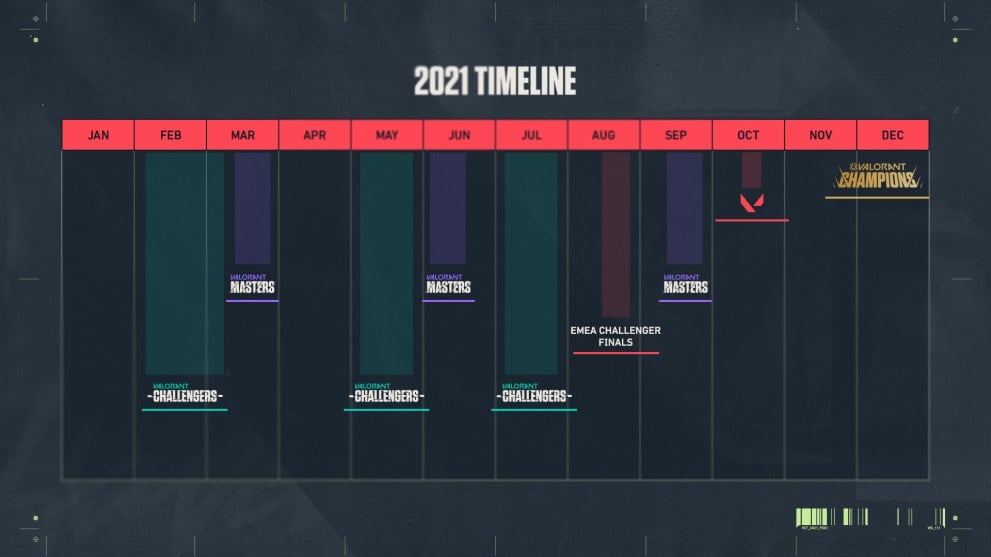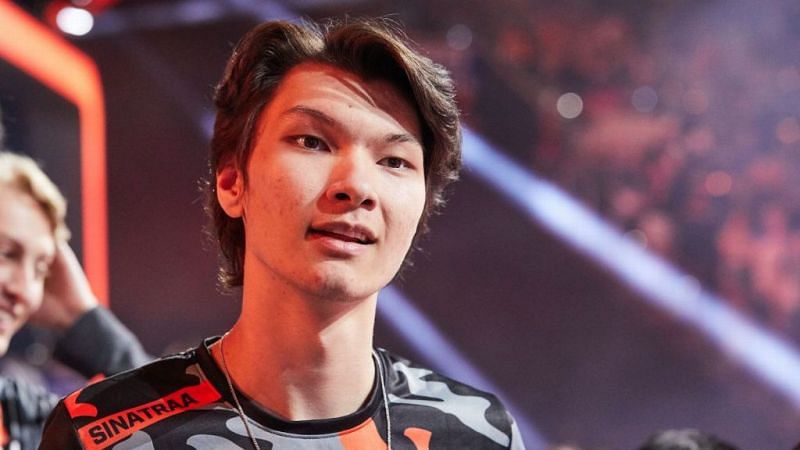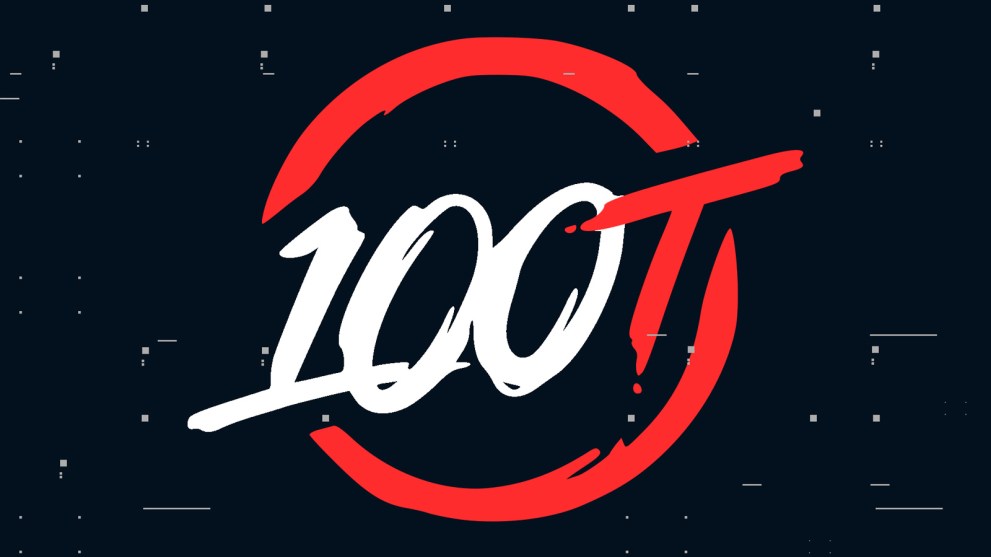If you’ve ever been curious to check out a Valorant esports competition, the next seven days of Riot Games’ official Valorant Champions Tour promise to deliver some of the most compelling professional matches the game has seen yet in its short history.
Across several different regions around the globe, three Challengers series over the past two months have been building to Masters Stage 1, which kicks off in a matter of hours for North America and over the next couple of days for other regions.

Masters is essentially the first major milestone in a year-long competition that will culminate in an international Champions event. It not only features a $150,000 prize pool –far greater than the Challengers Series before it– but offers points toward the end-of-year Champions event. Put simply, the stakes are massive.
Adding to the drama of the spectacle are a number of fascinating storylines in both the North American and European regions, in particular.
I’ll start with North America because the news of Jay ‘sinatraa’ Wong’s suspension from Sentinels is not only the most shocking but most recent turn of events — one that has serious implications not only for Masters but for both his career moving forward and the success of Sentinels this year.
Wong has been accused of sexual abuse by his ex-girlfriend, who has brought forward allegations backed by what appears to be damning evidence. The call to remove him from the team was absolutely spot on, but without wanting to breeze over the severity of the situation, I’m not going to dive too deeply into it here.

Importantly for Sentinels, however, a team widely considered North America’s best, they’re now without one of their top-performing players. In fact, just hours from the competition, it’s still unclear as to who is replacing him.
Update: Sentinels have announced that Tyson “TenZ” Ngo will be temporarily replacing Jay “sinatraa” Wong.
Even if they can somehow find a way to perform with a last-minute replacement, the psychological impact on the rest of the team is surely going to be a factor. It’s going to be interesting to see how Sentinels are able to cope; certainly, I can’t their unlikely to be tournament favorites anymore.
Even with Wong on the team, the depth of talent across the rest of the teams in North America made winning no sure thing. I’ve already written about Envy’s incredible performance in Challengers 2 where they beat Sentinels at their own game, more or less schooling them across three maps with ease in the grand final.
Then there’s Faze, a team comprised of former Overwatch players whose potential has long been clear but only in Challengers 3, their last chance to qualify for Masters, seem to have found a winning dynamic. Fraggers like ‘Baybay’ play Valorant at lightning speed, throwing caution to the wind and upsetting the rhythm of their opponents with unorthodox plays. I cannot wait to see them clash with the likes of Sentinels, Envy, and Immortals off the back of their scintillating performance at Challengers 3.

And you can’t talk about North American Valorant without mentioning 100 Thieves, a team that six months ago was considered America’s very best and then fell in qualifying again and again to second tier teams before showing up in a major way at Challengers 3. The oldest team by average age in the competition by a long shot, 100T is a squad of veteran CS:GO players; Hiko, Ethan, nit0, and Asuna are household names in esports. Is Masters going to prove 100T’s second coming or will it finally spotlight the changing of the guard?
Speaking of a changing of the guard, the big talking point over in Europe’s Masters (starting a day later on Friday) is the absence of several teams many would consider the region’s best. Team Liquid, G2 Esports, and Fnatic are major esports organizations that are expected to be at the apex of the scene, and yet all three failed to qualify.
In their stead are new, up-and-coming teams challenging the likes of Ninja’s in Pyjamas, FunPlus Phoenix, and Heretics. But are those teams really of the same caliber or was it just a slip-up from the aforementioned organizations who many would have bet their houses on making the cut? It’s all to play for.
You can read more about my impressions of Valorant’s EU scene ahead of Masters here.
Now, I feel like I’m constantly spotlighting North America and Europe over the rest of the world, which is unfair because there are so many competitive regions with equally talented players. Korea, Japan, and Brazil, especially, not only play to a high standard but in some cases play in an exciting, unusual style. If you like watching crazy, fast-paced movements and seemingly wild, gung-ho tactics then keep an eye on teams like Gamelanders (Brazil), and Vision Striker (Korea).
Of course, the big boohoo is that Masters isn’t the international event it was supposed to be. Due to COVID-19, Masters Stage 1 is more or less just a bigger version of what we’ve seen in Challengers (though in regions outside of America, it’s a substantially more robust tournament structure).
Ultimately, when the world finally gets on top of the pandemic and things begin to return to normal, we’ll get to see the best teams across the world clash; the crazy fragging of North America versus the measured tactics of Europe and the wild playstyles of Brazil and Korea.
But make no mistake, Valorant esports is hotting up, and it starts now.
You can watch Valorant Masters via Twitch or YouTube. To follow along with the tournament as it plays out, use either Liquipedia, or websites, such as thespike.gg for North America, and vct.gg for Europe.
